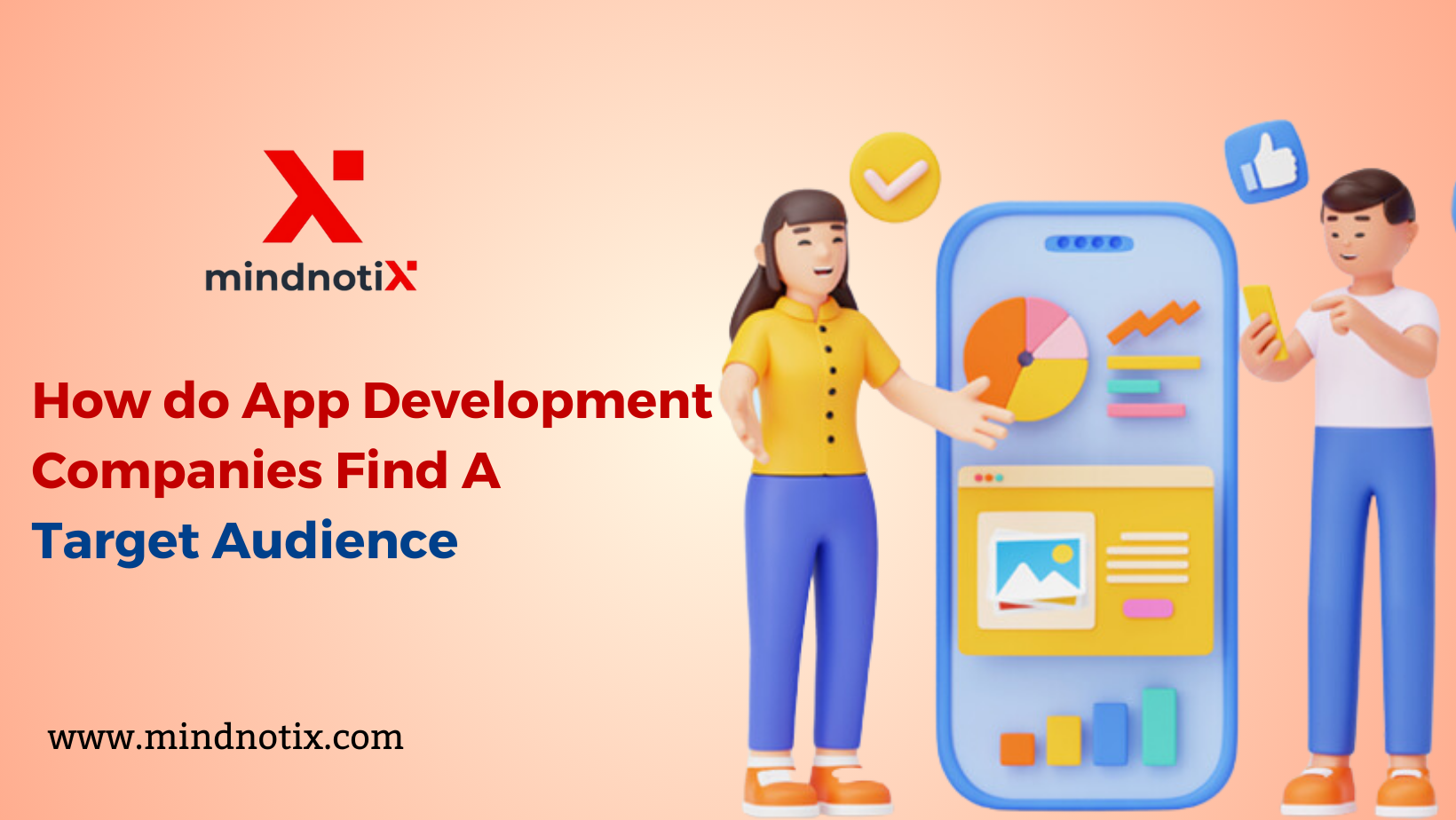Traditional marketing channels are saturated, attention spans are fleeting, and the competition is fierce. There's a powerful tool at your disposal, one that can put your brand directly in the palm of your ideal customer's hand: a mobile app. However, simply building an app isn't enough. To truly connect with your target audience, you need a strategic approach. That's where a mobile app development company comes in. They can be your secret weapon, helping you craft an app that not only resonates with your ideal users but also cuts through the noise and positions your brand for success. Let's explore how a mobile app development company can bridge the gap between you and your target audience.
From Scattered Signals to Laser Focus: How Apps Target Your Ideal Users
Precision over Scatter Shot: Unlike traditional marketing that bombards a broad audience, mobile apps allow you to target users with laser focus. By leveraging demographics, interests, and even location data you can ensure your app reaches the exact people most likely to benefit from what you offer. Imagine a fitness app reaching only health-conscious individuals interested in specific workout routines, or a travel app connecting with globetrotters seeking curated experiences in a particular destination.
Beyond Demographics: Mobile app development companies go beyond basic demographics like age and gender. They delve into psychographics, understanding the values, interests, and lifestyles of your target audience. This allows for the creation of in-app experiences that resonate on a deeper level, fostering a stronger connection with your users.
Real-Time Engagement: Unlike static websites or brochures, mobile apps offer a dynamic platform for engagement. Push notifications can deliver timely, targeted messages that pique user interest and drive action. In-app features can be personalized based on user behavior, further enhancing the relevance of your message.
Building a Community: Mobile apps have the potential to foster vibrant communities around your brand. User forums, chat features, and social integration within the app create a space for interaction and connection. This not only increases user engagement but also allows you to gather valuable feedback and refine your targeting strategies based on real-world user experiences.
By leveraging the power of mobile app development, you can move from scattered signals to laser focus, reaching your ideal audience with a clear, relevant message that resonates and drives results.
Beyond Demographics: Unlocking the Psychographics Powerhouse Within Your App
User Persona Development: Working with developers, you can create detailed user personas that go beyond demographics. These personas delve into psychographics, outlining your ideal user's personality traits, values, goals, and frustrations.
Crafting Compelling Content: Understanding your users' aspirations and anxieties allows you to tailor content within the app that resonates on a deeper level. Imagine an app for fitness enthusiasts. Demographics might suggest they want workout routines, but psychographics might reveal a desire for a supportive community or a sense of accomplishment. The app can then offer features like group challenges or progress tracking, addressing those deeper needs.
Targeted In-App Experiences: Psychographics allow for the creation of personalized experiences within the app. For example, an e-commerce app can leverage user data to showcase products that align with their values.
Building Emotional Connections: By understanding your users' emotional drivers, you can build a stronger connection with them. For instance, a travel app might showcase breathtaking landscapes for users seeking adventure, or relaxing beach destinations for those seeking peace and rejuvenation.
Driving Engagement and Loyalty: When your app speaks directly to your users' values and aspirations, it fosters deeper engagement and loyalty. They feel understood and valued, leading to increased app usage and positive word-of-mouth promotion.
Engagement Revolution: How Apps Turn Window Shoppers into Loyal Brand Advocates
Beyond Browsing: Unlike websites, apps offer a more interactive experience. Gamification elements, interactive features, and personalized recommendations keep users engaged and coming back for more. Imagine a clothing app that lets users virtually try on clothes or a travel app that curates personalized itineraries based on user preferences.
Building a Community: Mobile apps can foster vibrant communities around your brand. User forums, chat features, and social integration create a space for interaction and connection. This not only increases user engagement but also allows users to share their positive experiences, turning them into organic brand advocates.
The Power of Personalization: Mobile apps allow you to personalize the user experience based on individual preferences and behavior. Users receive relevant content, recommendations, and offers, making them feel valued and increasing their engagement.
The Reward Factor: Loyalty programs and reward systems incentivize users to actively engage with the app. Gamified points, badges, and exclusive discounts create a sense of accomplishment and motivate users to keep coming back. Imagine an e-commerce app that rewards frequent shoppers with early access to sales or exclusive discounts.
Real-Time Communication: Push notifications allow you to deliver timely, targeted messages that pique user interest and drive action. Imagine a restaurant app sending notifications about happy hour specials or a fitness app reminding users about their upcoming workout class.
Data Whisperers: How App Developers Unlock User Insights for Audience Growth
In-App Analytics: Every tap, swipe, and purchase within your app tells a story. App developers analyze this data to understand user behavior, identify popular features, and pinpoint areas for improvement. Imagine discovering that users abandon the checkout process at a specific step. This insight allows developers to streamline that process, leading to higher conversion rates.
User Feedback: While data speaks volumes, it doesn't reveal everything. App developers integrate in-app surveys, feedback forms, and even sentiment analysis to understand user frustrations and preferences. This allows them to refine the app experience and address user pain points directly.
A/B Testing: Imagine having two versions of your app and showing them to different user groups. This is the essence of A/B testing, a technique app developers use to compare different design elements, features, and marketing messages. By analyzing user engagement with each version, they can identify the most effective approach for reaching your target audience.
Personalize the User Journey: Imagine an e-commerce app that recommends products based on a user's past purchases or browsing history. This level of personalization, driven by data insights, keeps users engaged and increases the likelihood of repeat visits.
Target the Right Audience: Data reveals not just who your current users are, but also who your ideal users should be. App developers can use this information to refine your app store listing, target advertising campaigns more effectively, and ultimately attract a wider audience within your target demographic.
Predict User Behavior: By analyzing user data and trends, developers can anticipate user needs and preferences. Imagine a fitness app that sends users workout reminders based on their typical activity patterns. This proactive approach keeps users engaged and fosters a sense of value within the app.
The A/B Testing Lab: Optimizing Your App for Maximum Reach, One Tweak at a Time
The Hypothesis: It all starts with a question. Maybe you want to test a new call-to-action button on your app's homepage. App developers help you formulate a clear hypothesis – "A red button with bolder text will lead to a higher click-through rate compared to the current blue button.
The Split: The app user base is then divided into two random groups. Group A sees the original blue button, while Group B encounters the new red button variation.
The Experiment: Both groups experience the app as usual, completely unaware they're part of a grand experiment. App developers meticulously track user behavior – how many users click the button, how long they stay on the page, and whether they complete a desired action.
The Analysis: After a predetermined timeframe, the data is analyzed. Did the red button attract more clicks? Did it lead to a higher conversion rate? The results reveal which version performed better, providing valuable insights for optimization.
Beyond the Screen: AR/VR Experiences That Captivate Your Target Audience
Breaking Free from the Ordinary:
Traditionally, mobile apps have confined users to a two-dimensional world. AR and VR shatter these limitations, creating captivating experiences that:
Overlay the Real with the Virtual: AR overlays digital elements onto the real world through a smartphone camera. Imagine a furniture app that lets users virtually place furniture pieces in their living room to see how they'd look before buying.
Immerse Users in a New Reality: VR transports users entirely into a computer-generated world. A travel app could use VR to allow users to virtually explore a destination before booking their trip.
Captivating Your Audience: By incorporating AR and VR, your mobile app can:
Boost Engagement: Novelty fuels interest. AR/VR experiences offer an interactive and engaging way to interact with your brand, fostering deeper user connection.
Enhance Learning & Retention: AR/VR allows users to learn and retain information more effectively. Imagine a science app that uses AR to bring complex anatomical models to life, or a history app that lets users virtually walk through historical landmarks.
Drive Conversions: By allowing users to interact with products or services in a realistic setting, AR/VR can significantly increase purchase intent and conversion rates. Imagine a car dealership app that allows users to virtually test drive a car before visiting the showroom.
Pocket-Sized Powerhouse: How Apps Connect with Wearables and the IoT Ecosystem
Your smartphone is no longer just a phone – it's a portal to a connected world. Mobile apps, once siloed experiences, are now evolving into powerful tools that bridge the gap between your smartphone and the ever-expanding Internet of Things (IoT) ecosystem. At the heart of this connectivity revolution are wearables – those tech-packed companions we wear on our wrists, ears, and even clothes.
Unlocking Synergies:
Imagine a world where your morning jog syncs seamlessly with your fitness app on your phone, while your smartwatch displays personalized coaching tips based on your heart rate data. This is the magic of app integration with wearables.
Richer User Data: Wearables collect a treasure trove of real-time data on activity levels, sleep patterns, and even health metrics. Apps can leverage this data to personalize user experiences, offer actionable insights, and provide a more holistic view of user well-being.
Enhanced Functionality: Wearables, acting as extensions of your smartphone, can trigger in-app actions. Imagine a smart watch controlling your music app with a simple tap, or a pair of connected sunglasses automatically adjusting settings based on sunlight intensity, all triggered by your phone app.
Seamless User Experience: Apps can leverage wearables for notifications and alerts, ensuring users stay connected without constantly reaching for their phones. Imagine receiving fitness goal notifications on your smartwatch or a quick text preview without unlocking your phone.
Location, Location, Location: Hyper-Local Marketing Strategies for Your App
For mobile apps, reaching a broad, generic audience can be less effective than targeting a specific, hyper-local market. This is where hyper-local marketing strategies come in, allowing you to leverage the power of location to connect with your ideal users in a more meaningful way.
Imagine a restaurant app that only shows users nearby restaurants with available tables, or a fitness app that recommends workout studios based on their current location. This targeted approach fosters deeper engagement and drives results.
Leveraging Location Services: With user consent, your app can utilize GPS data to pinpoint a user's location. This allows you to deliver targeted content, recommendations, and offers based on their immediate surroundings.
Proximity Marketing: Imagine a coffee shop app sending discount notifications to users within a specific radius of their location. This technology allows you to reach potential customers at the precise moment they're most receptive to your offering.
Geo-Targeted Advertising: Partner with advertising platforms that allow you to target users based on location. This ensures your app's advertising reaches users in your specific geographic area who are most likely to benefit from your service.
Community Building: Leverage location data to create a sense of community within your app. Promote local events, connect users with similar interests in their area, or facilitate group activities – all based on their current location.
Partnerships with Local Businesses: Collaborate with local businesses that complement your app's offerings. Imagine a food delivery app partnering with local restaurants or a travel app featuring curated experiences offered by local businesses.
The Power of Personalization: Why a One-Size-Fits-All App Won't Attract Your Tribe
Understanding Your Users: Personalization starts with a deep understanding of your target audience. Demographics are a starting point, but psychographics, which delve into users' values, motivations, and goals, are crucial. Imagine an app for music lovers. Demographics tell you their age, but psychographics reveal their preferred genres or a desire to discover new artists.
Tailored Content & Recommendations: By leveraging user data, your app can deliver content and recommendations that resonate on a personal level. Think about a news app that curates articles based on a user's reading history or a shopping app suggesting products based on past purchases.
Frictionless User Journeys: Personalization streamlines the user experience. Imagine a travel app that pre-fills user profiles with preferred travel styles or dietary restrictions, creating a smoother booking process.
A Sense of Connection: When users feel like the app understands them, they develop a sense of connection. Imagine a language learning app that tailors lessons to a user's native language or a social media platform that recommends communities based on user interests. This fosters user loyalty and keeps them coming back for more.
Building Your Tribe: Personalization fosters a sense of community. Imagine a fitness app that connects users with similar workout goals or a music app that curates playlists based on user-generated recommendations. This builds a loyal user base – your tribe – who actively participate and promote the app.
Building a Community Within Your App: From Casual Browsers to Brand Champions
Imagine your mobile app not just as a platform, but as a thriving town square. A place where casual browsers become engaged residents, and residents evolve into passionate brand champions. Fostering a strong in-app community unlocks a wealth of benefits: increased user engagement, valuable user insights, and a powerful marketing force advocating for your brand.
Cultivating Connection:
Facilitate Interaction: Integrate features like chat forums, discussion boards, or direct messaging functionalities. This allows users to connect with each other, share experiences, and build relationships.
Encourage User-Generated Content: Contests, photo sharing features, or even user reviews all empower users to contribute to the app's content and culture. This fosters a sense of ownership and community spirit.
Gamification: Incorporate game mechanics like points, badges, or leaderboards to create a sense of friendly competition and keep users engaged. Imagine a fitness app rewarding users for completing workouts or a language learning app gamifying the learning process.
Fostering a Sense of Belonging:
Personalized Experiences: As discussed earlier, personalization goes a long way. Tailoring content, recommendations, or even in-app challenges to user preferences creates a sense of belonging and makes users feel valued.
Recognition & Rewards: Acknowledge user contributions, celebrate milestones, and offer exclusive benefits to loyal users. This reinforces positive behavior and encourages continued engagement. Imagine an e-commerce app offering loyalty points or early access to sales for active users.
Brand Storytelling: Showcase the human side of your brand. Share company stories, feature user testimonials, and highlight the positive impact your app creates. This builds emotional connections and fosters a sense of community.
Empowering Brand Advocacy:
Referral Programs: Incentivize users to spread the word. Offer rewards for referring friends or family to the app. This is a cost-effective way to acquire new users through trusted recommendations.
Social Sharing Features: Make it easy for users to share their positive experiences on social media. Integrate social media buttons and encourage users to promote the app within their networks.
User-Generated Marketing: Leverage user-created content in your marketing campaigns. Testimonials, reviews, or even user-generated photos can be powerful tools for attracting new users and building trust.
Conclusion:
Traditional marketing struggles to compete with background noise. However, a well-designed mobile app offers a powerful solution. Mobile app development companies can help you target users with laser focus, leverage psychographics for deeper engagement, and transform casual browsers into loyal brand advocates. By embracing the potential of mobile apps, you can connect with your target audience in a meaningful way and achieve long-term success.
Read more :
Building the Perfect App for Startups: A Guide to Mobile App Development Services
Taking Your Enterprise Mobile: How App Development Services Can Empower Your Business
No-Code vs. Full Development: Choosing the Right Mobile App Development Service for You
For more information contact : support@mindnotix.com
Mindnotix Software Development Company


 AI-Taxi App
AI-Taxi App AI-Food App
AI-Food App AI-Property Mgmt App
AI-Property Mgmt App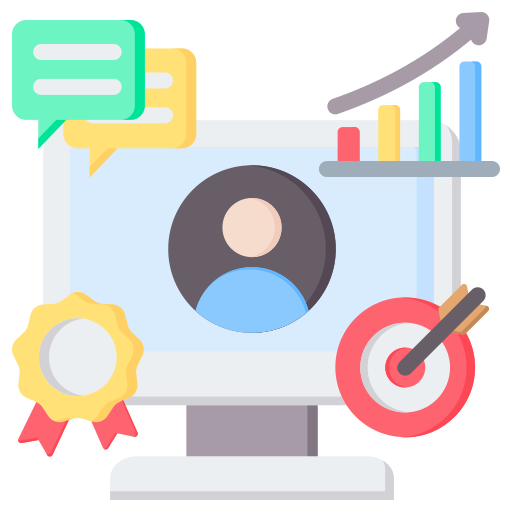 AI-CRM
AI-CRM AI-Fantasy App
AI-Fantasy App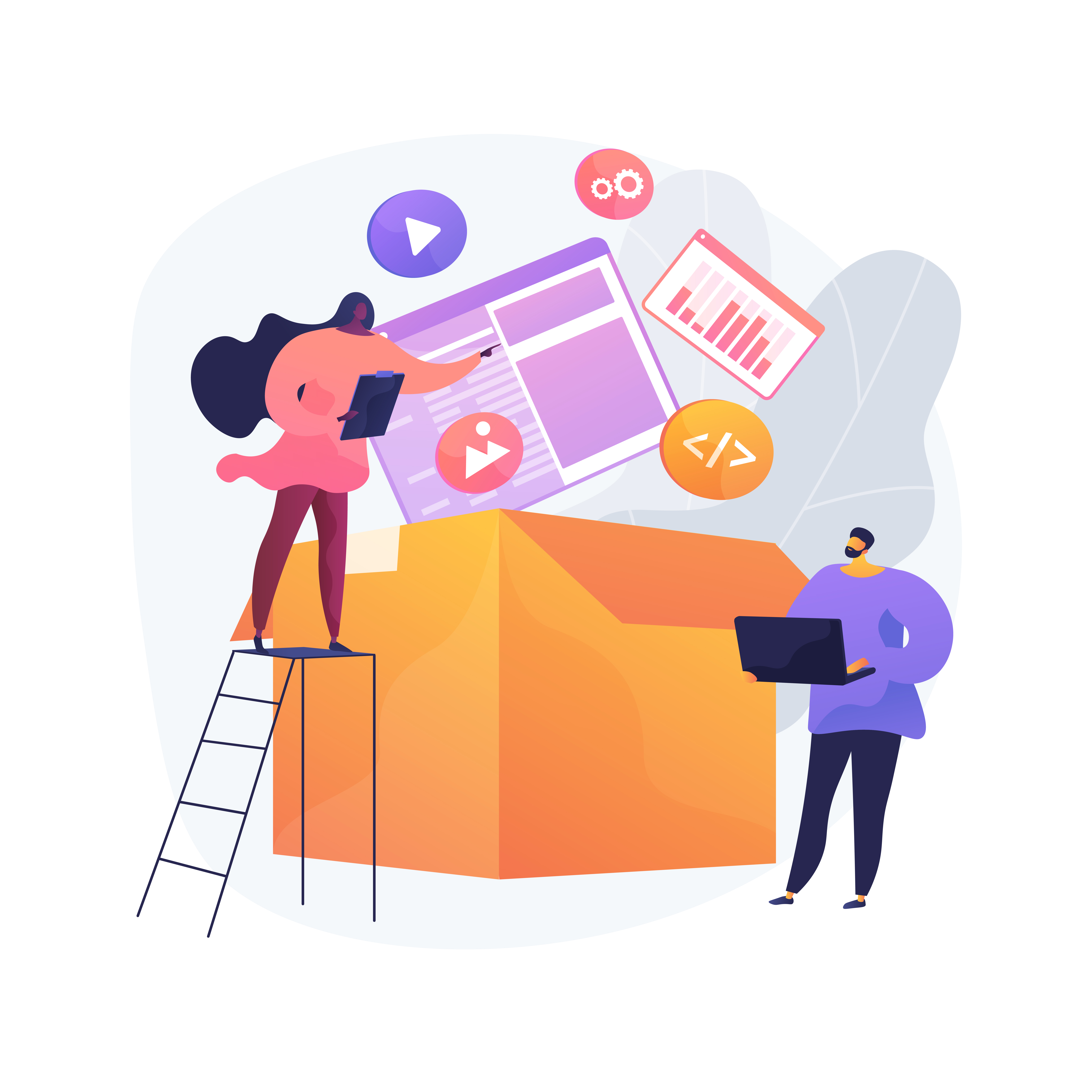
 Web Development
Web Development App Development
App Development Business & Startup
Business & Startup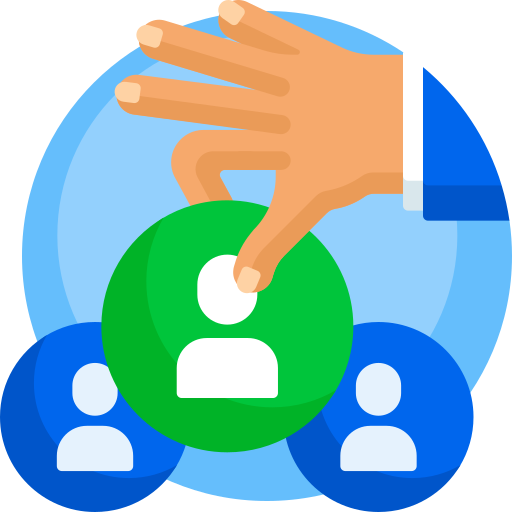 Hire Developer
Hire Developer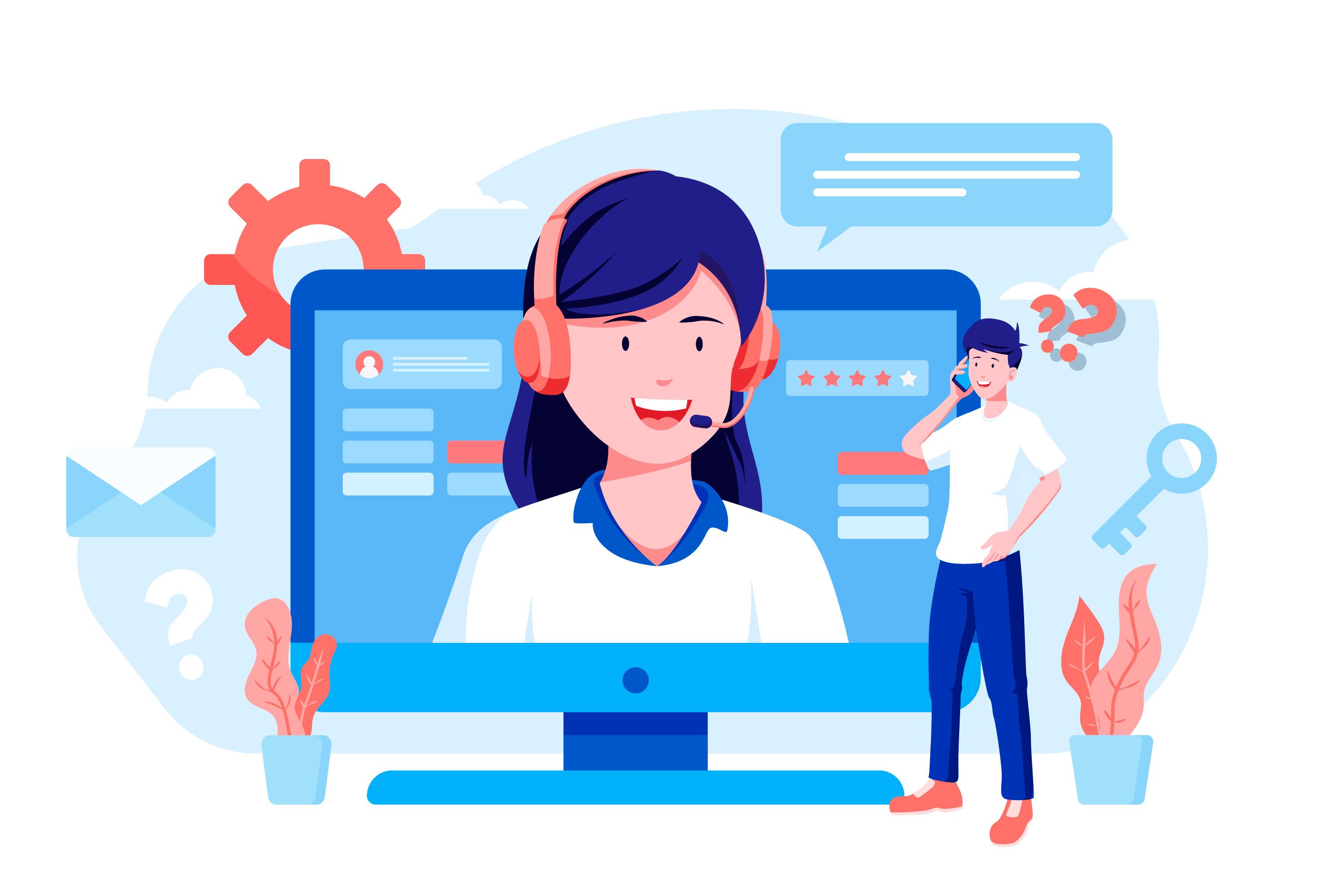
 Digital Marketing
Digital Marketing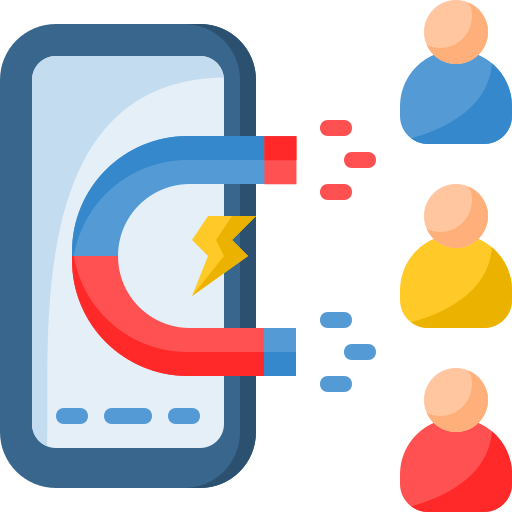 Lead-generation
Lead-generation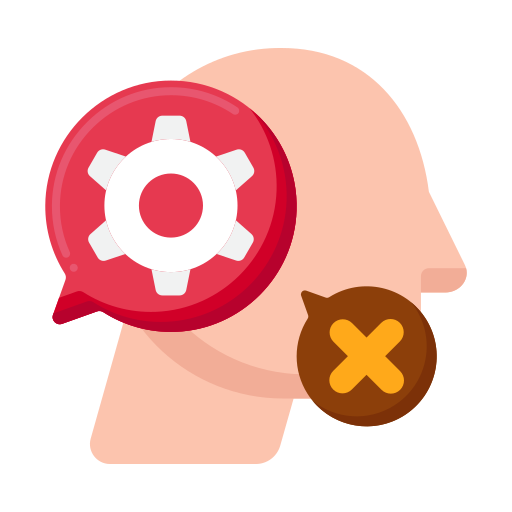 Creative Agency
Creative Agency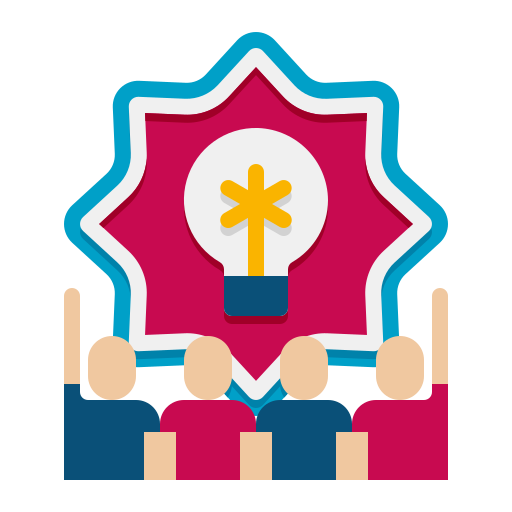 Branding Agency
Branding Agency Augmented Reality
Augmented Reality Virtual Reality
Virtual Reality Internet of Things
Internet of Things Artificial Intelligence
Artificial Intelligence Blockchain
Blockchain Chatbot
Chatbot